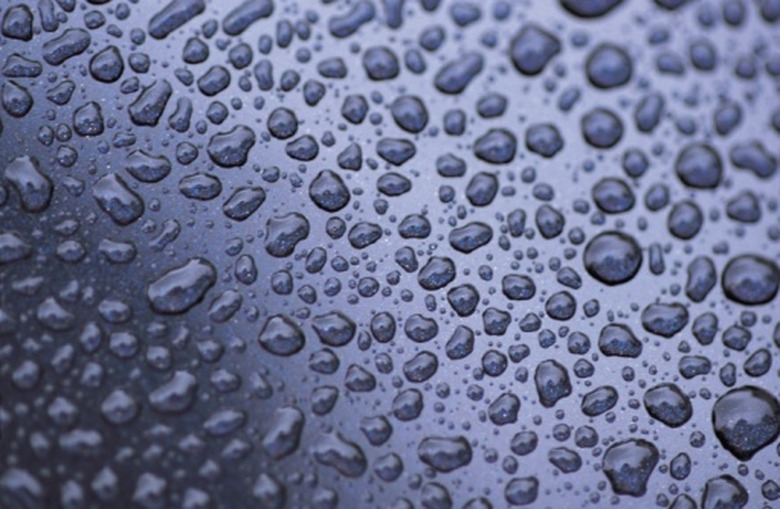Viewing Evaporation Experiment For Kids
While evaporation may seem like a complicated subject to teach to children, using experiments that allow children to view evaporation taking place can make the process much easier. Experiments can take the form of watching clothing dry, watching hand sanitizer evaporate, watching water evaporate from glasses and watching steam evaporate from a tea kettle and condense on cardboard.
Comparing Cups Experiment
Comparing Cups Experiment
Fill two identical plastic cups with the same amount of water. Mark the levels with a marker. Place plastic wrap over one of the cups. Put the cups near a window and leave them for a day. Then have students observe and mark the levels. Do this for several days. Students will note that the water level is going down in the uncovered cup. Explain how evaporation works and where the water has gone.
Hand Sanitizer Experiment
Hand Sanitizer Experiment
Squirt hand sanitizer on each child's hands. Tell them to rub their hands together. Ask if their hands feel cooler now they are wet. (Answer: yes.) Wait a few seconds and ask if their hands are dry. (Answer: yes.) Explain that the sanitizer evaporated off their hands, cooling them in the process. Repeat the experiment, but this time ask student to wave their wet hands in the air. Ask if their hands feel even colder now. (Answer: yes.) Explain that wind caused their hands to feel colder by causing the sanitizer to evaporate more quickly.
Drying Clothes Experiment
Drying Clothes Experiment
Early in the day, soak two identical t-shirts in water and drape each shirt over a chair in separate corners of the room. Place a high-speed fan in front of one of the shirts and turn it on. Explain to students that wind plays a large role in evaporation. Check the drying progress of the two shirts throughout the day. Students should see that the shirt receiving wind from the fan dries more quickly.
Tea Kettle Experiment
Tea Kettle Experiment
Place a piece of cardboard inside a freezer for several hours. On a hotplate, heat water in a kettle until it turns to steam. Explain that steam is water vapor, or water that is evaporating. Take the cold piece of cardboard and hold it above the kettle. Explain that when the water vapor hits the cold cardboard, it will condense and turn back into water droplets. When a large enough amount of water has condensed, it will begin to fall in drops. This is called precipitation, which can take the form of rain, snow or hail.
Cite This Article
MLA
Huntington, Matthew. "Viewing Evaporation Experiment For Kids" sciencing.com, https://www.sciencing.com/viewing-evaporation-experiment-kids-8342820/. 24 April 2017.
APA
Huntington, Matthew. (2017, April 24). Viewing Evaporation Experiment For Kids. sciencing.com. Retrieved from https://www.sciencing.com/viewing-evaporation-experiment-kids-8342820/
Chicago
Huntington, Matthew. Viewing Evaporation Experiment For Kids last modified March 24, 2022. https://www.sciencing.com/viewing-evaporation-experiment-kids-8342820/
